DOCtalk by Dr. Gregg 2/26/12
Home Alone 5
Breeeep…bzzzzz…bzzzzz…breeeep…bzzzz…bzzzz…breeeep…
You may have noticed the mournful silence around here the past several days. Not much but the sound of crickets to be heard here on the pages of HIStalk Practice.
The whole HIT world is currently focused upon the glam and glitz that is Vegas…er…I mean, the annual HIMSS conference…er…well, I guess it’s rather a moot point this year as they are pretty much twin entities. (Admit it: regardless of where HIMSS is actually holding its bacchanalia, there is a pretty strong resemblance between the HIMSS bash and the Vegas experience.) That focus includes the entire HIStalk ensemble who are working away in Nevada to keep up on all things HIMSS.
Back here on the home front this year, I’ve been fighting off intellectually challenged burglars, eating all the junk food I want, and watching whatever I want on TV until all hours of…oh…no…that’s not me. That was Kevin (as in the face-slapping “AAAAAHHHHH!” Kevin.)
Actually, despite the momentary twinges of envy I feel when I read about what friends and folks I know are up to in the bright lights and big city world of Vegas HIMSS, I’m finding it pretty cool to be watching from the home front this year. It allows a very different perspective than you can piece together amidst all the hubbub. Plus, thanks to all the hard efforts and late night typings of the goodly HIStalkers in attendance, I feel as if I’m gleaning all the best bits of HIT news, wisdom, and snark right here in the comfort of my cushy old armchair.
I guess the main reason I’m writing this is to talk to all those who didn’t make it to the Vegas strip this year. From being there in a too-much-information capacity before, I can tell you with a pretty fair surety that “watching” HIMSS from the pages of HIStalk gives you, by far, the best parts of HIMSS without the sore feet, hangovers, or aggravations of air travel and taxi stands. (OK, so you miss a lot of tchotchke…like you really need any of that?) The HIStalk gang provides all sorts of photos and insights and they let you skip over all the waste-of-space stuff. It’s even better than being there.
(Sigh)
OK, time for the truth. It’s a bit of a mixed bag. When you read how many sales folks prefer to keep their noses pointed toward their smart phones rather than engagingly towards the attendees and how some events, announcements, and HIMSS organizational choices leave a lot to be desired, it sort of does seem like skipping a year may be a pretty refreshing choice. On the other hand, HIMSS is full of fun and cool HIT people and all sorts of experiences you can’t get from the sidelines. The HIStalk folks do a TREMENDOUS job with their coverage and you really can get a good sense of the happenings from their above-and-beyond efforts, but there’s nothing like being at HIStalkapalooza…er…I mean HIMSS.
From the trenches…
“I think we’re getting scammed by a kindeygartener” – Harry (in “Home Alone”, the original, 1990)

Dr. Gregg Alexander, a grunt in the trenches pediatrician at Madison Pediatrics, is Chief Medical Officer for Health Nuts Media, directs the Pediatric Office of the Future exhibit for the American Academy of Pediatrics, and sits on the board of directors of the Ohio Health Information Partnership (OHIP).


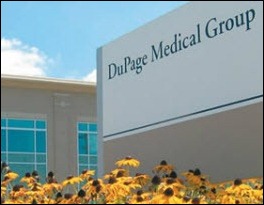
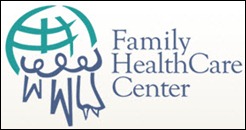
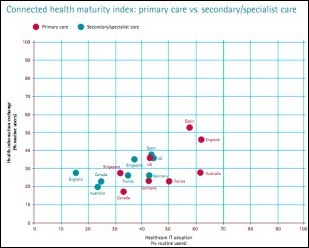


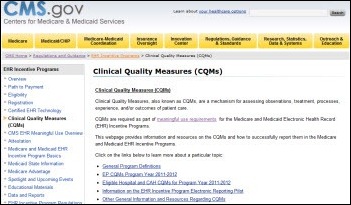





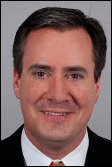
Re: Walmart Health: Just had a great dental visit this morning, which was preceded by helpful reminders from Epic, and…